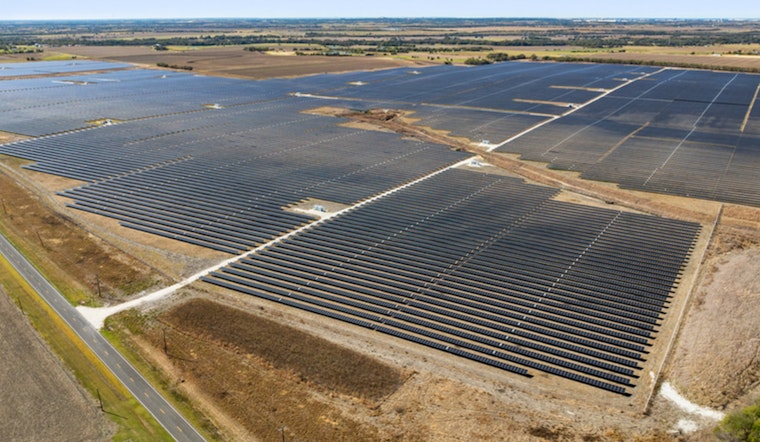MIT has led the creation of a new renewable energy project that will significantly increase the country’s clean power capacity as part of a coordinated effort to address the problems posed by climate change. Through the Consortium for Climate Solutions, a recently formed coalition pushing the boundaries in a fight against carbon-intensive energy production, MIT, Harvard University, and Mass General Brigham are spearheading the decarbonization movement alongside a powerful ensemble of Massachusetts institutions.
Two landmark projects—the Bowman Wind Project in North Dakota and Big Elm Solar in Texas—are the result of the consortium’s most recent attempt, highlighting the spirit of collaboration. In order to offset about a million metric tons of greenhouse gases annually, they are expected to contribute a substantial 408 megawatts of renewable energy to the grid.
Glen Shor, MIT’s executive vice president and treasurer, emphasized in a statement acquired by MIT News that “catalyzing these large-scale renewable projects is an important part of our comprehensive efforts to reduce carbon emissions from generating energy.” The group has also outlined ambitious aspirations, aiming to generate enough renewable electricity to cover the annual electrical usage of an estimated 130,000 families.
The key to the group’s possible success is an agreement in which the participating institutions have made large financial commitments for 15–20 years, purchasing electricity that enables developers to obtain the outside funding necessary to realize these green energy powerhouses.By citing the 2016 success of a solar farm contract in North Carolina that led to the closure of a nearby coal plant, MIT has alluded to this collective purchase technique as a model with shown potential.
Although producing renewable energy off-site is the ultimate goal, several consortium members—including MIT—are also tackling their carbon footprint on campus. According to Julie Newman, director of sustainability at MIT, the institute is utilizing AI to increase energy efficiency, installing solar panels, redesigning its heat distribution, and tightening building regulations to reduce emissions. “By enabling these large-scale renewable projects, we can have an immediate and significant impact of reducing emissions through the urgently needed decarbonization of regional power grids,” Newman told MIT News.
The consortium’s progress toward achieving a concrete vision of a greener future, grounded in pragmatism and shared resolve, suggests that collective action might just be the catalyst needed to steer the energy conversation towards a cleaner, more sustainable direction. This is in contrast to the hyperbole and fanfare that often accompany significant advancements in environmental sustainability.
Note: Every piece of content is rigorously reviewed by our team of experienced writers and editors to ensure its accuracy. Our writers use credible sources and adhere to strict fact-checking protocols to verify all claims and data before publication. If an error is identified, we promptly correct it and strive for transparency in all updates, feel free to reach out to us via email. We appreciate your trust and support!



Leave a Reply